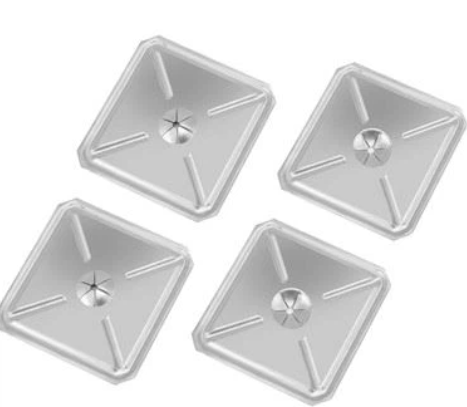What is the manufacturing process of Insulation Pins?
Author: admin Date: 2024-08-09 17:06:46 Category: INDUSTRY NEWS
The manufacturing process of Insulation Pins typically includes the following steps:
1. Design and drafting: Firstly, based on the customer's needs and application scenarios, designers will draw detailed manufacturing drawings to determine the product's dimensions, shape, materials, and other parameters.
2. Raw material preparation: Select suitable raw materials such as plastic, rubber, metal, etc. according to the requirements of the design drawings. Raw materials need to undergo strict quality inspection to ensure they meet manufacturing standards.
3. Mold manufacturing: Based on the design drawings, manufacture molds for molding. The accuracy and quality of the mold directly affect the quality and performance of the product.

4. Injection molding: Heating the raw material to a molten state, then injecting it into the mold, cooling and solidifying it to form the desired shape. Injection molding is the most common process for manufacturing Insulation Pins, suitable for mass production.
5. Processing and assembly: For some complex Insulation Pins, additional mechanical processing and assembly may be required, such as drilling, tapping, welding, etc.
6. Surface treatment: In order to improve the weather resistance and aesthetics of the product, surface treatment such as spraying, electroplating, printing, etc. is usually carried out on the product.
7. Quality inspection and packaging: All products need to undergo strict quality inspection before leaving the factory to ensure that they meet customer requirements and industry standards. Qualified products will be packaged and ready for shipment.
Through these steps, manufacturers can produce high-quality Insulation Pins that meet the needs of various application scenarios.